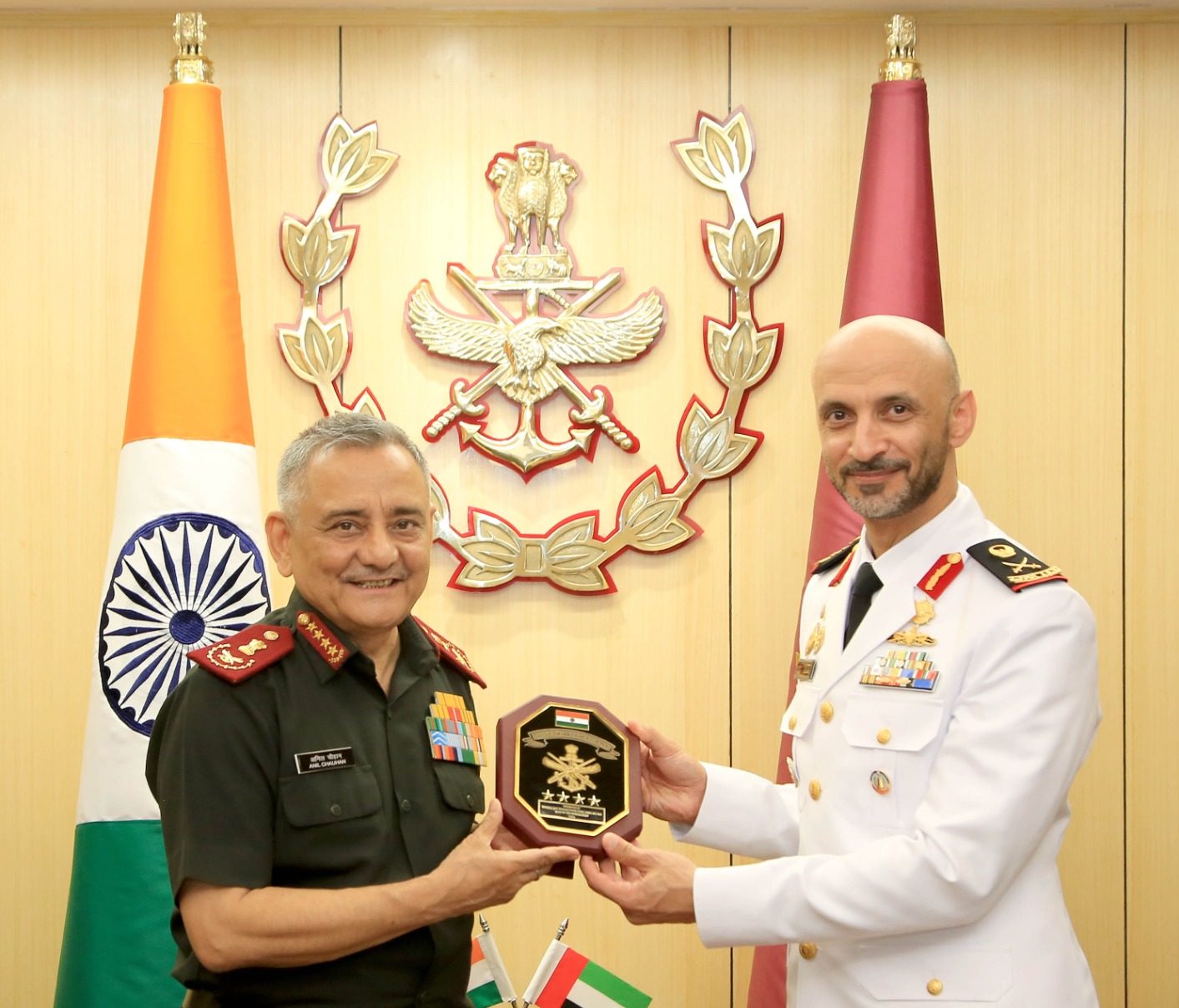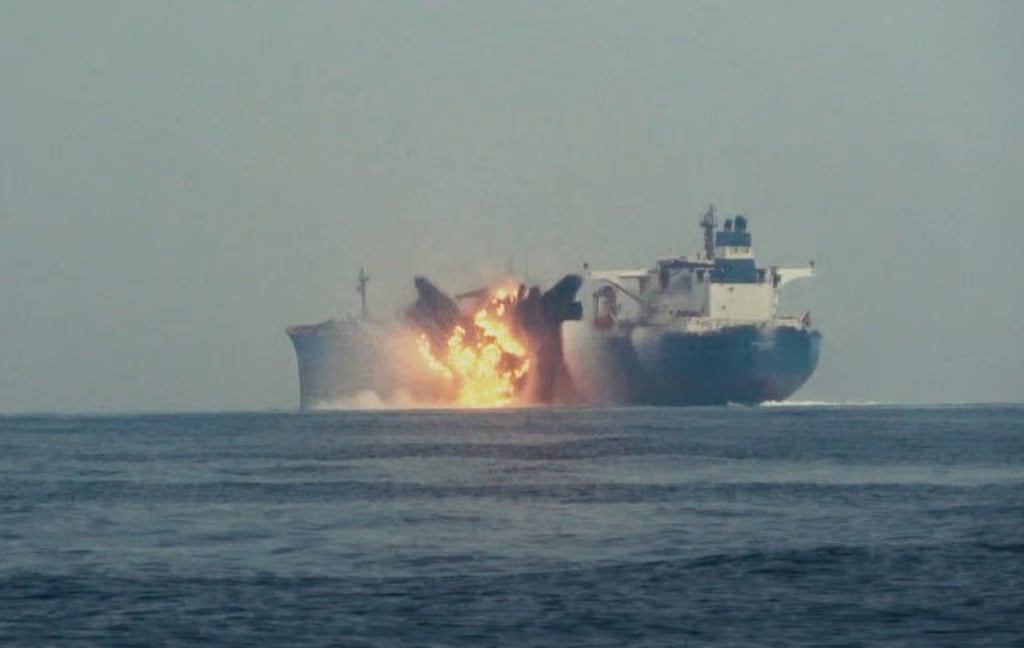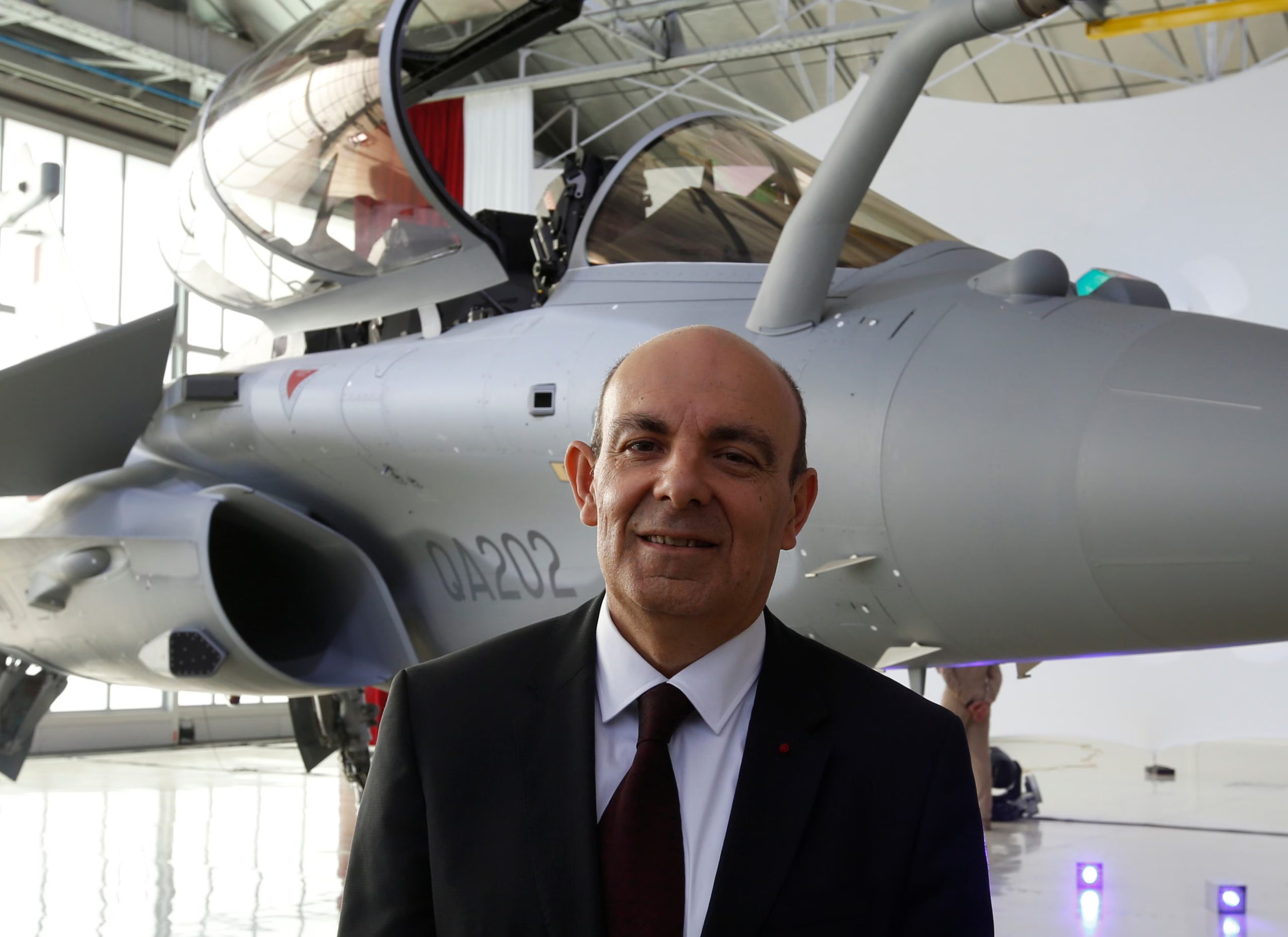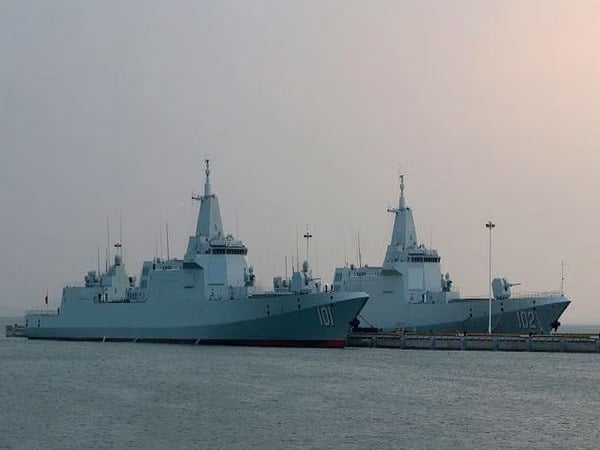CDS General Anil Chauhan and UAE Naval Chief Discuss Maritime Security and Joint Collaboration
India and the United Arab Emirates took a significant step toward strengthening defence cooperation with a high-level meeting between General…
ISS Captured Over Delhi Skies As Group Captain Shubhanshu Shukla Orbits Earth
In a breathtaking moment for skywatchers in the capital, the International Space Station (ISS) was seen soaring across the pre-dawn…
Ship Attacked in Red Sea Amid Renewed Houthi Strikes Following Bulk Carrier Sinking
A Liberian-flagged cargo ship came under fire in the Red Sea late Monday, just a day after Yemen’s Houthi rebels…
Netanyahu Nominates Donald Trump for Nobel Peace Prize During White House Visit
Israeli Prime Minister Benjamin Netanyahu has officially nominated former U.S. President Donald Trump for the Nobel Peace Prize, handing him…
‘No Rafale Shot Down in Combat, India Lost One Due To Technical Malfunction, Probe On’: Dassault CEO
As per ThePrint: India has lost one Rafale fighter jet, but the incident, currently under probe, was due to a…
Taiwan Detects Four Chinese Naval Vessels Near Its Waters Amid Airspace Tensions
Taiwan's Ministry of National Defense (MND) reported the presence of four Chinese naval vessels operating near its territorial waters as…






